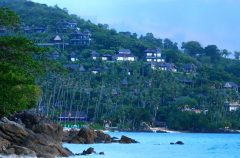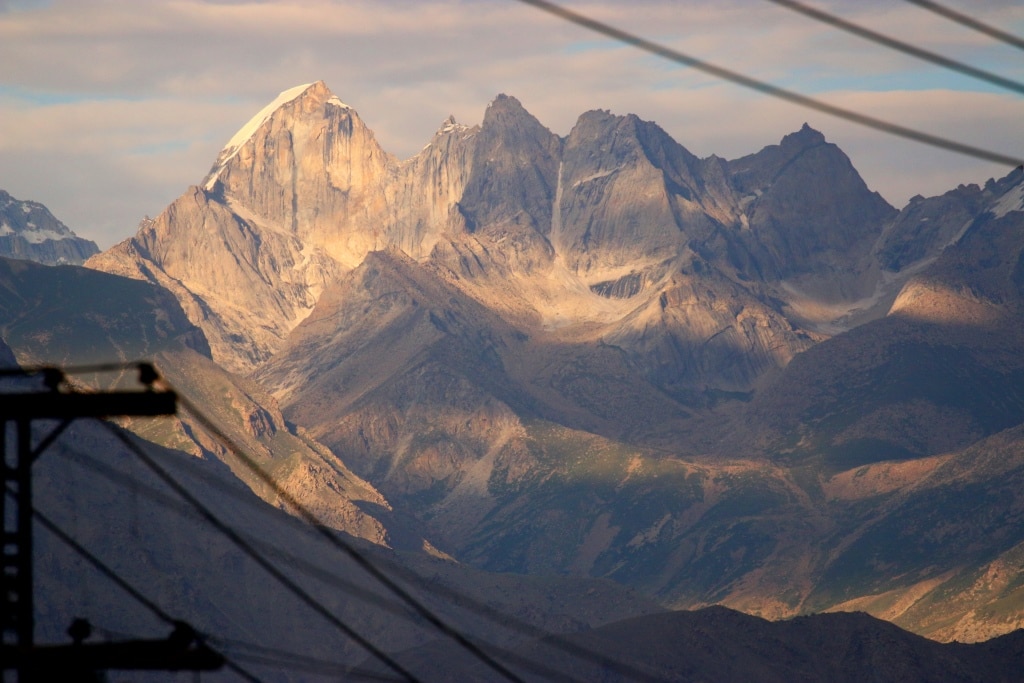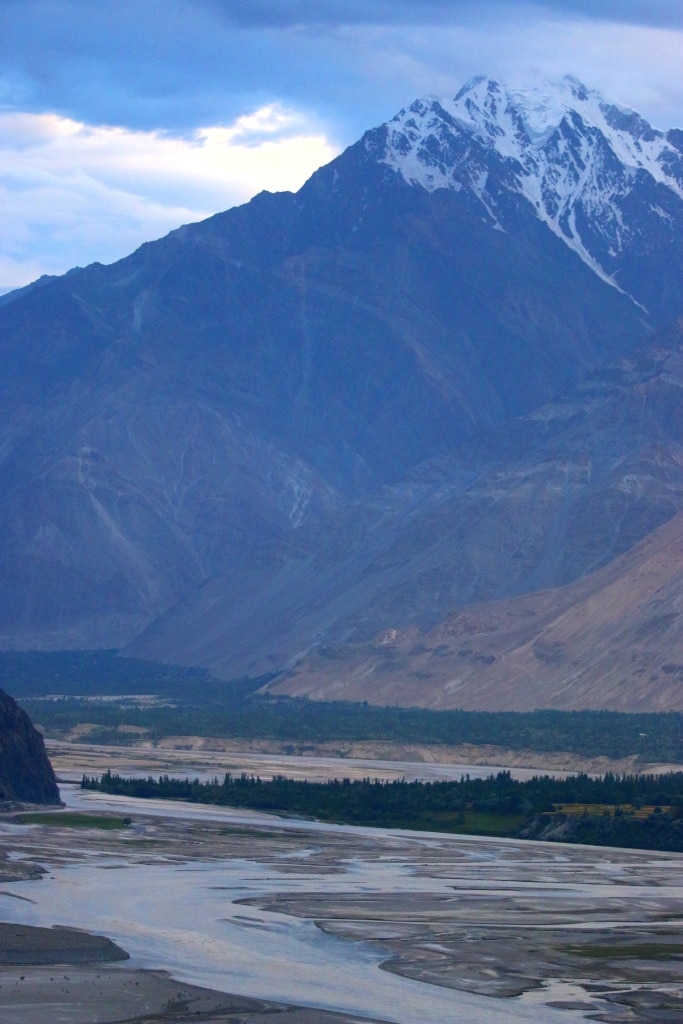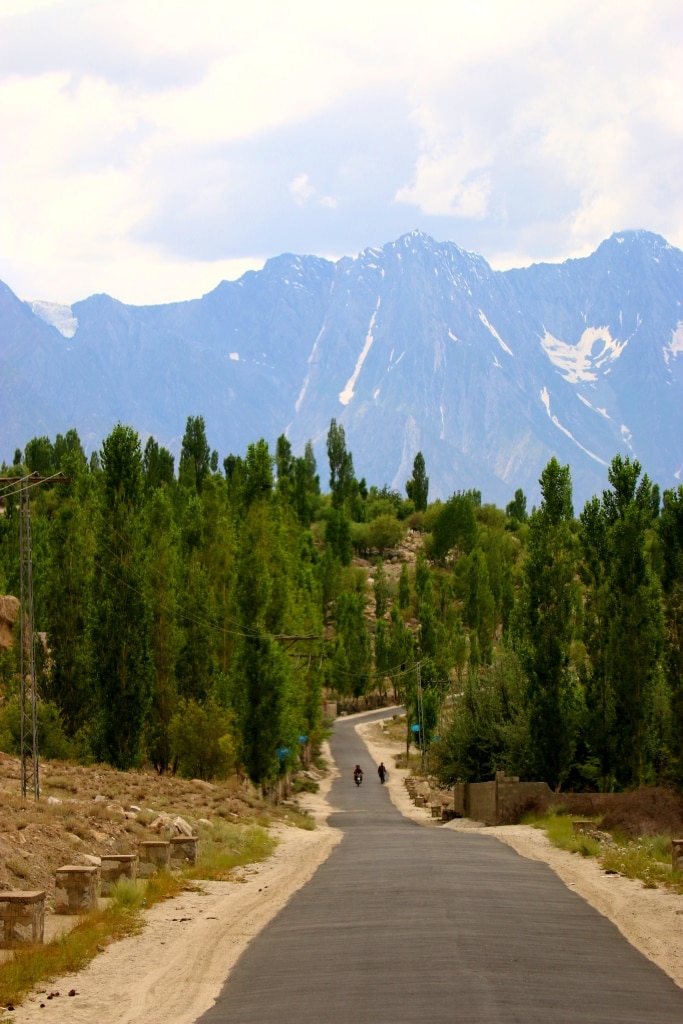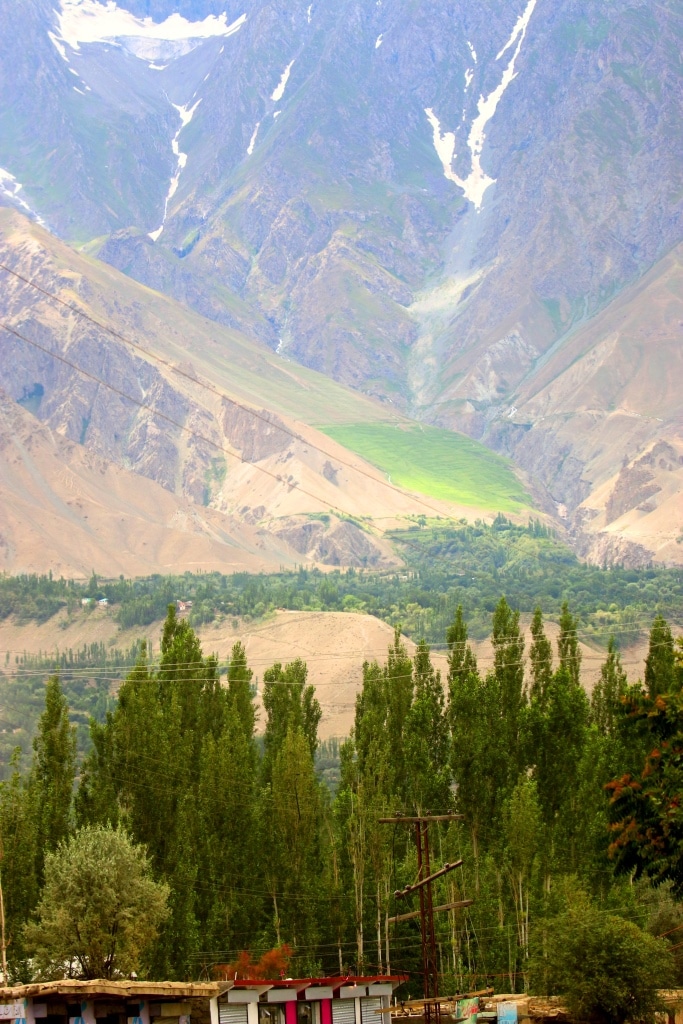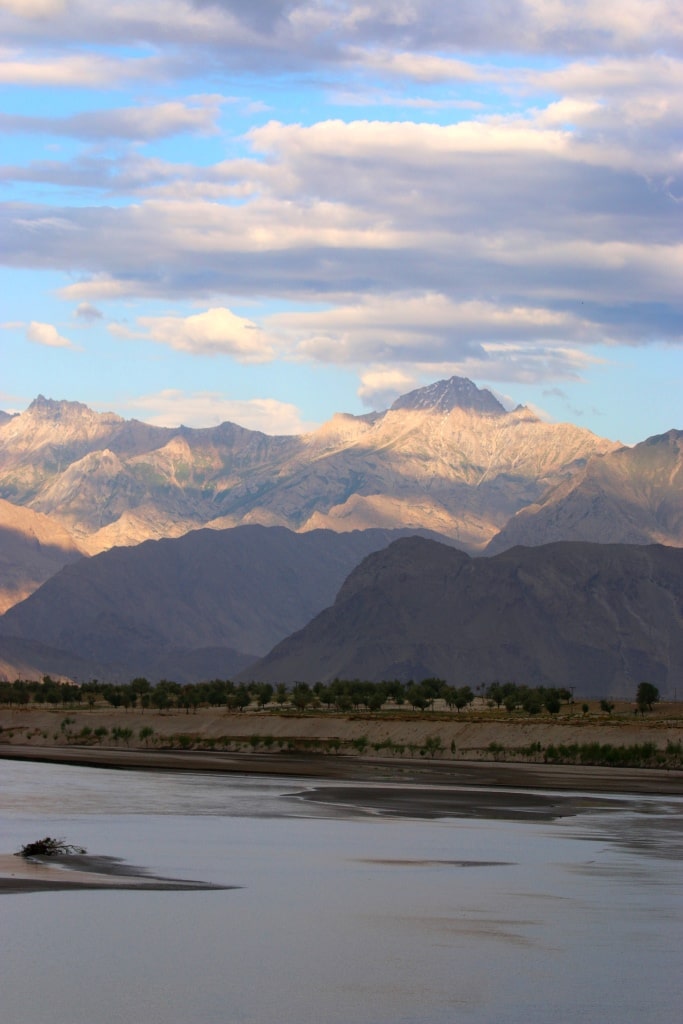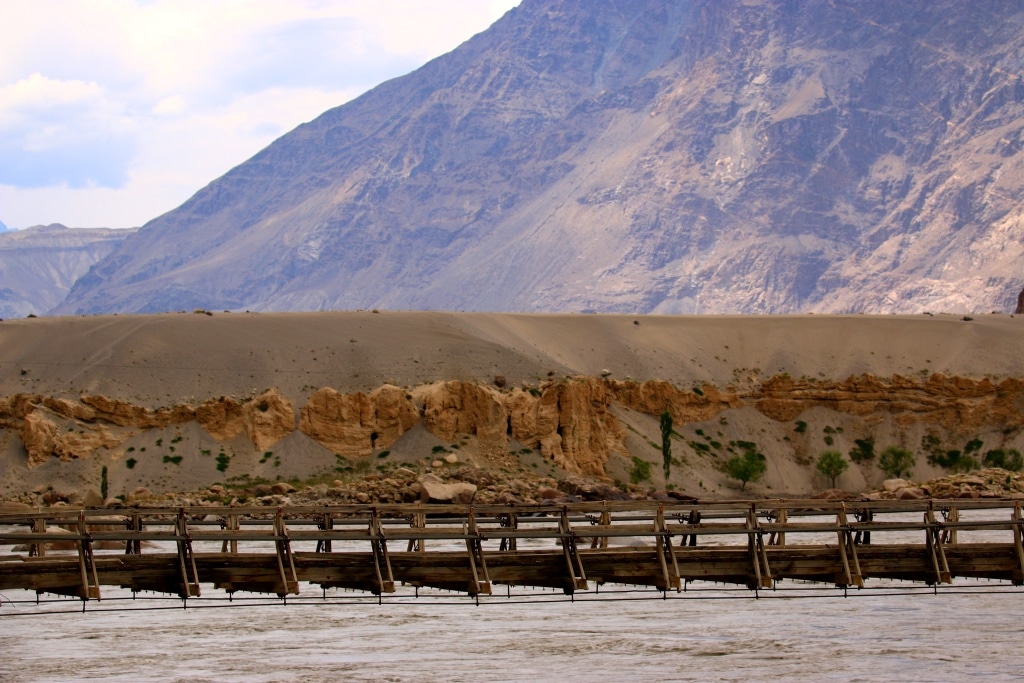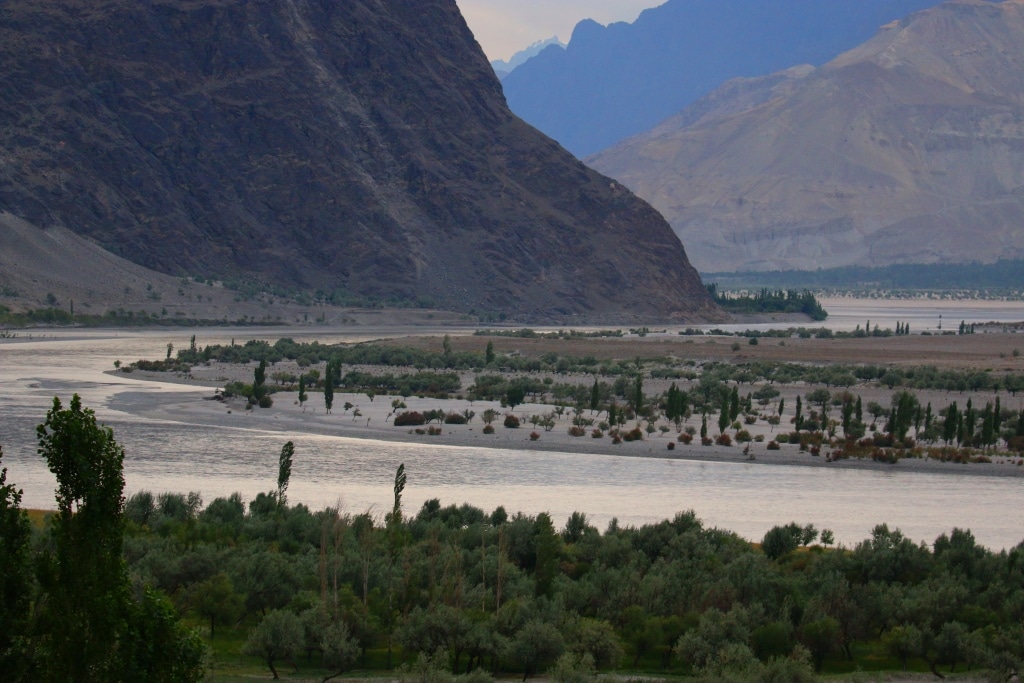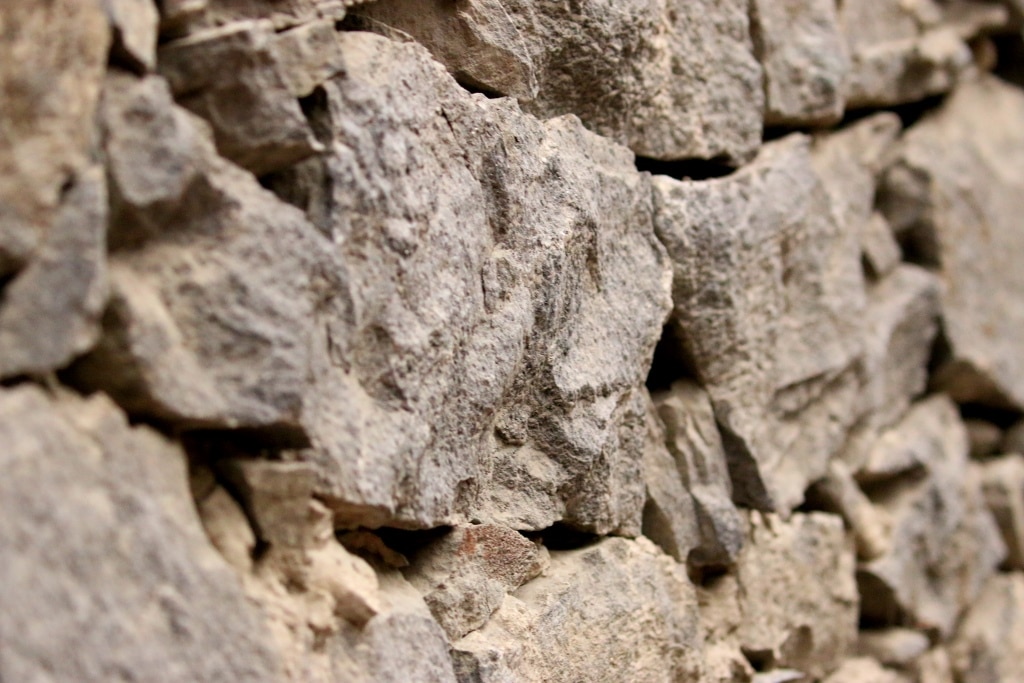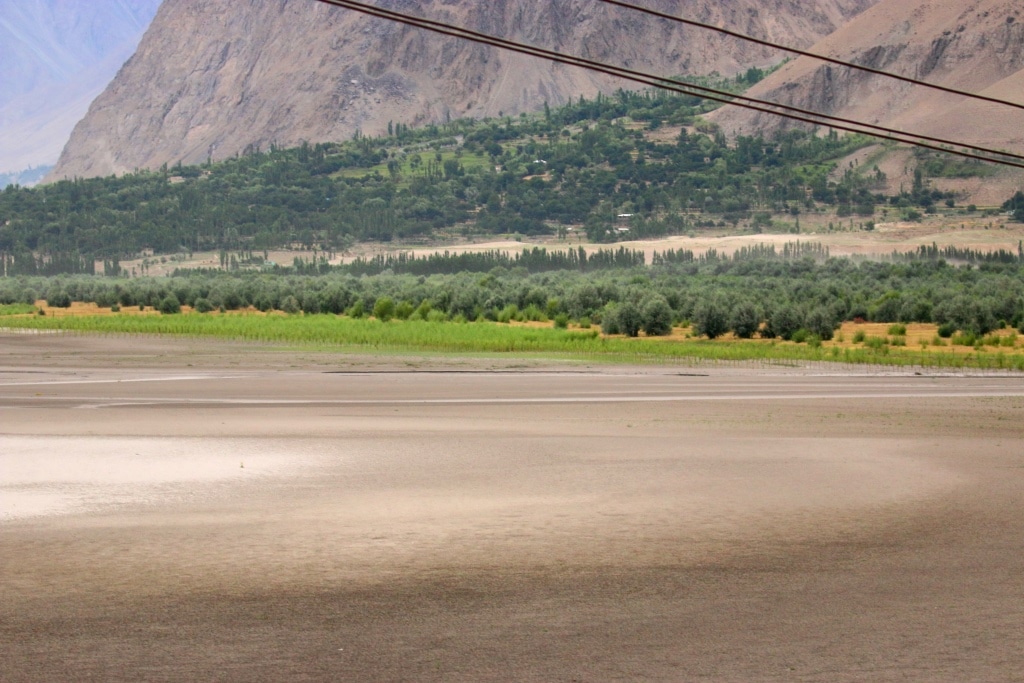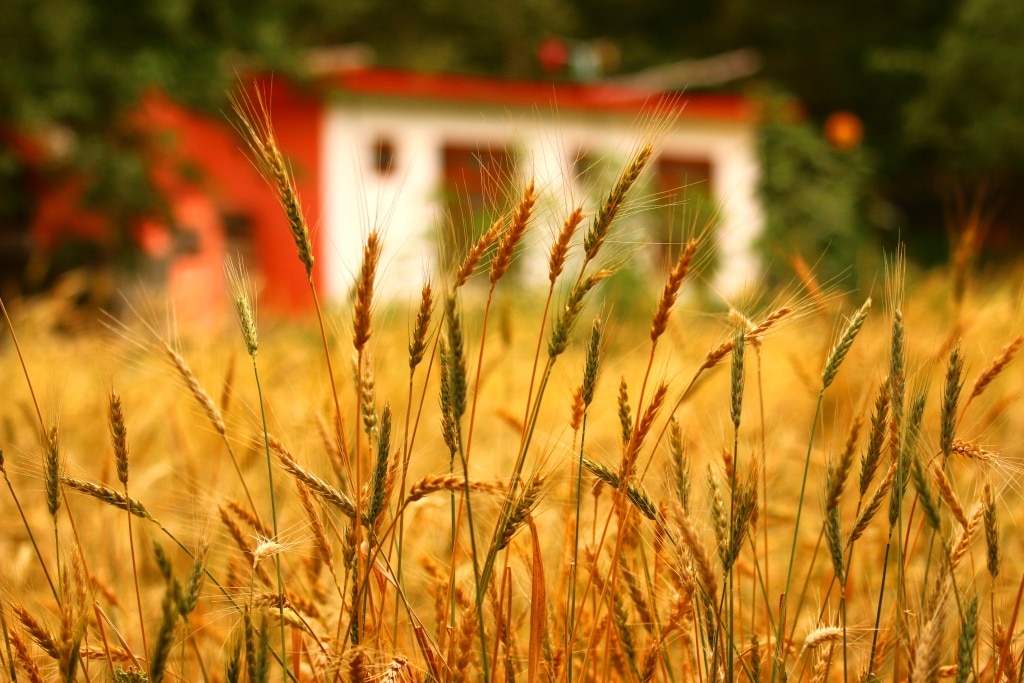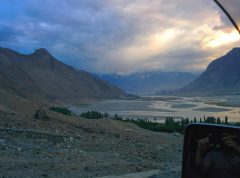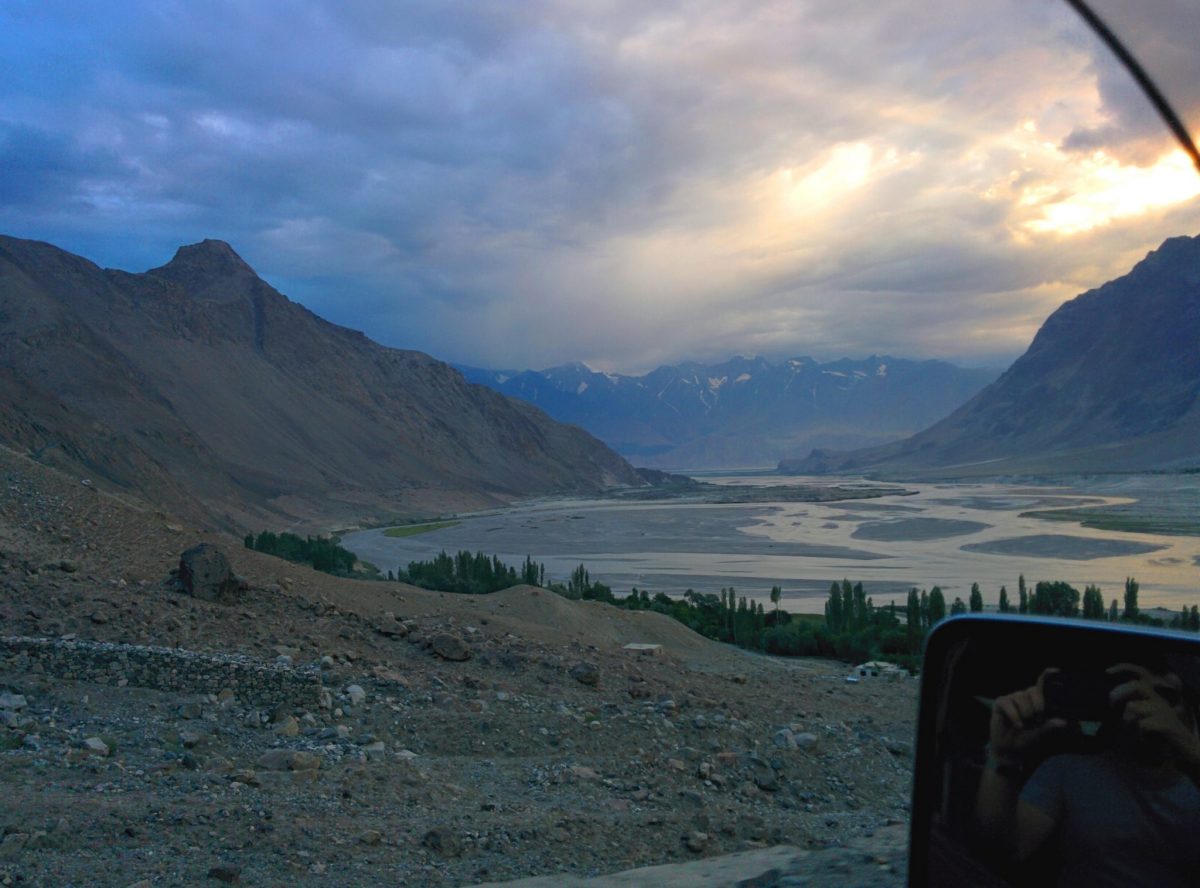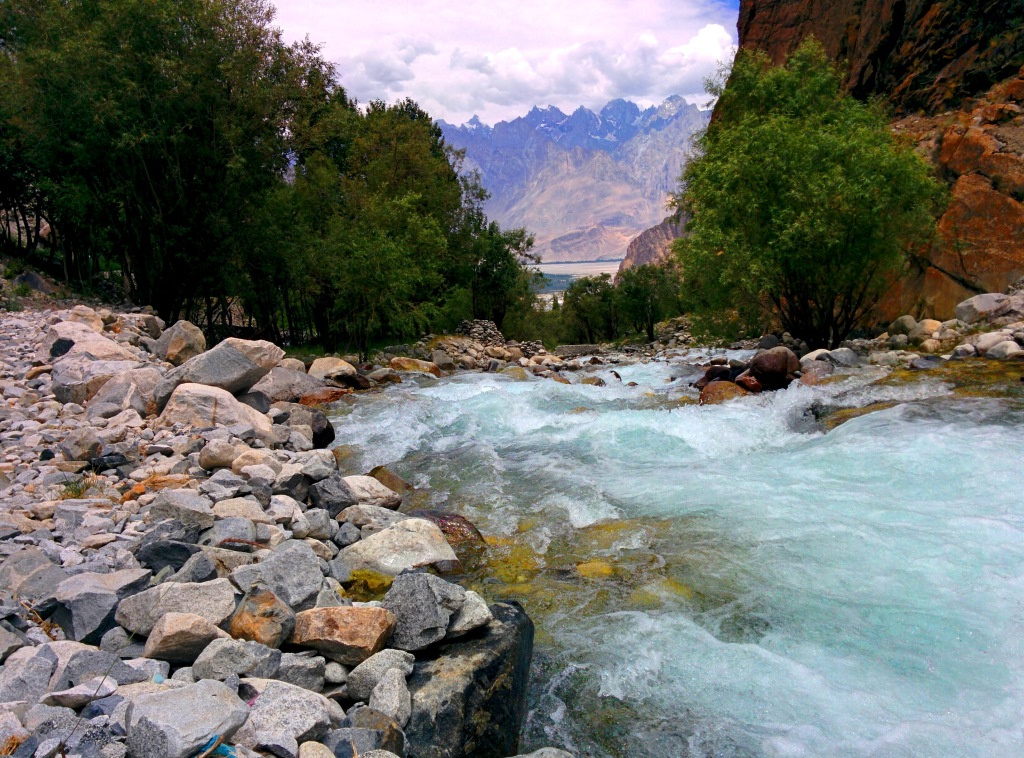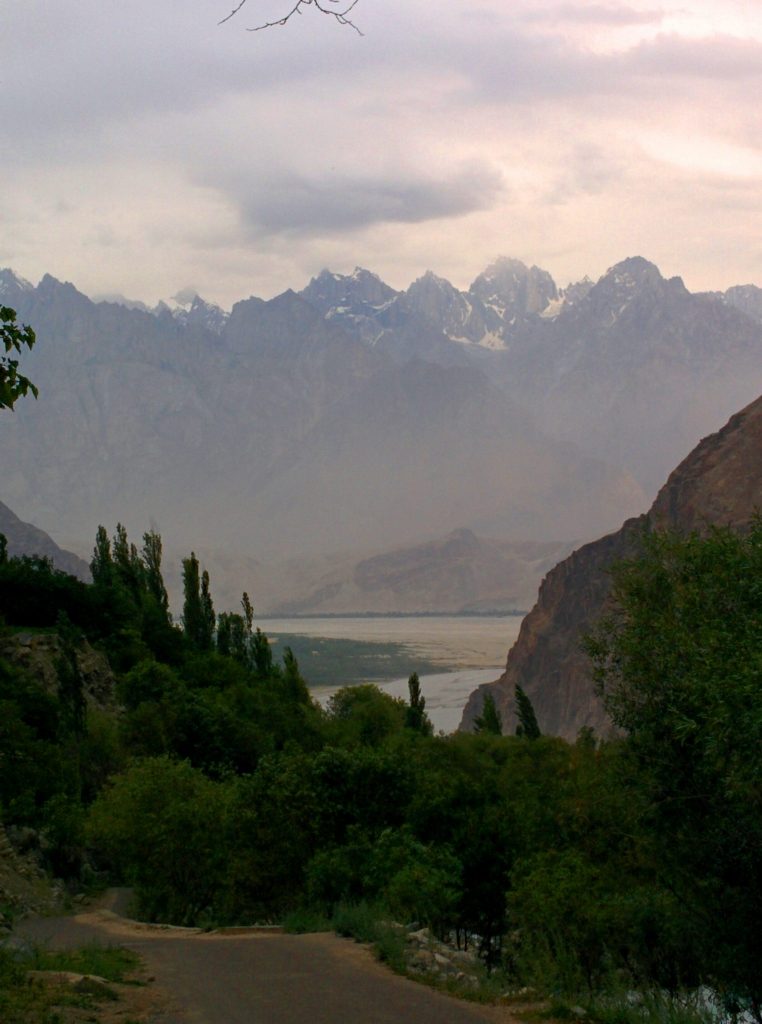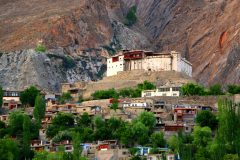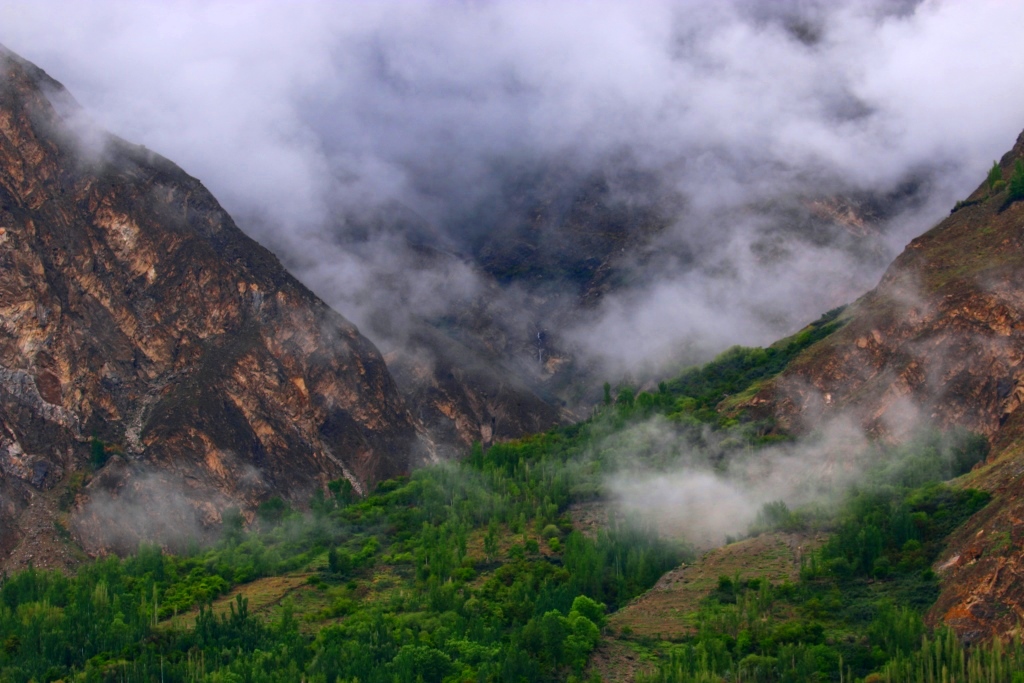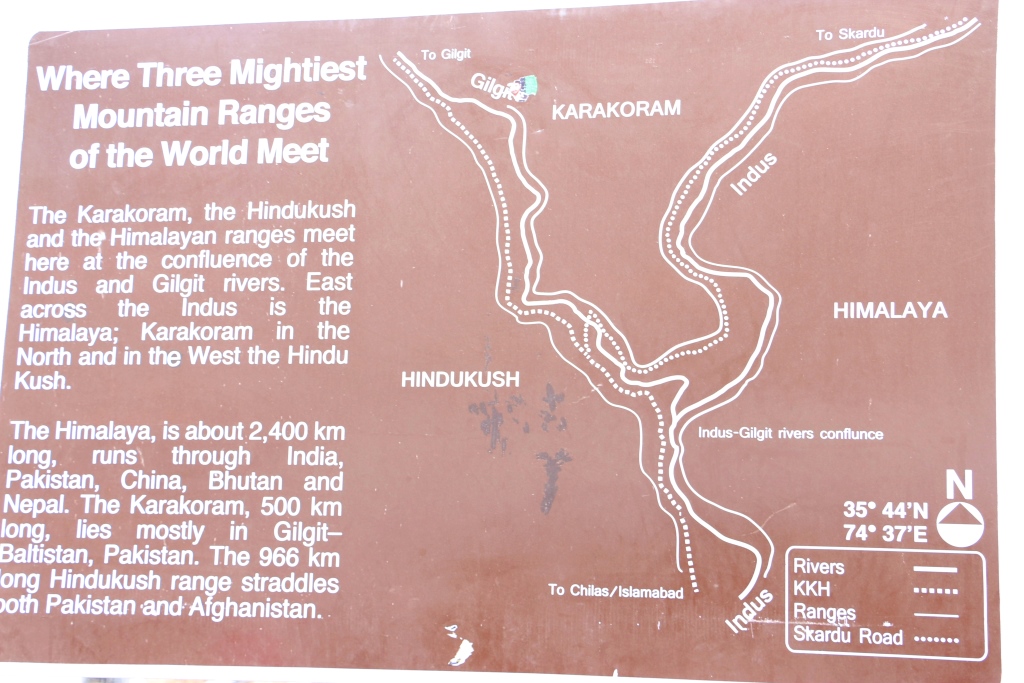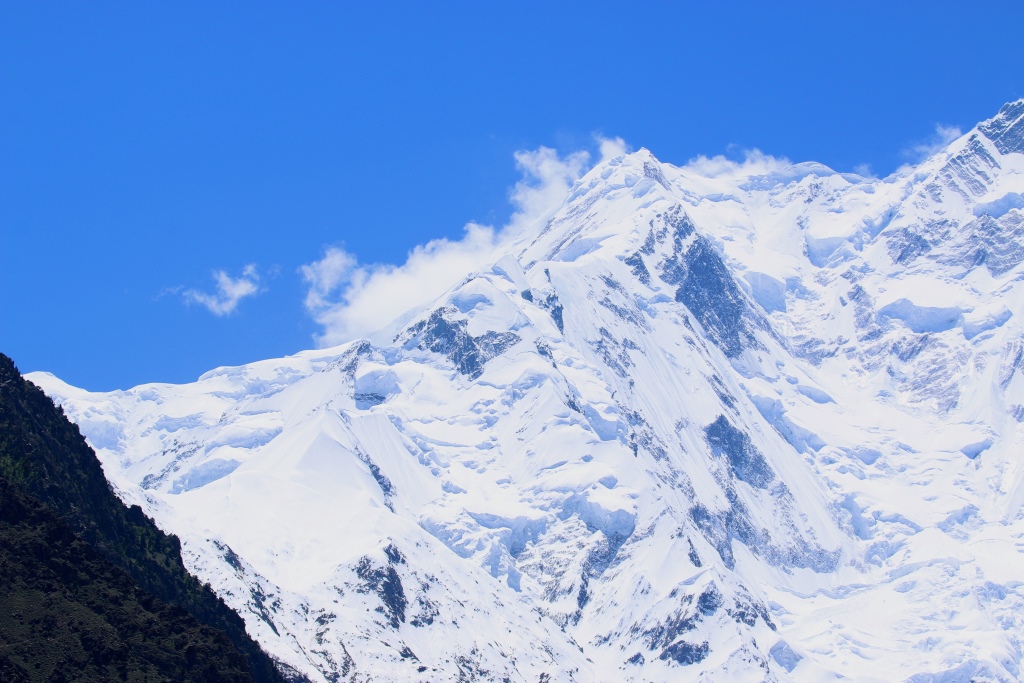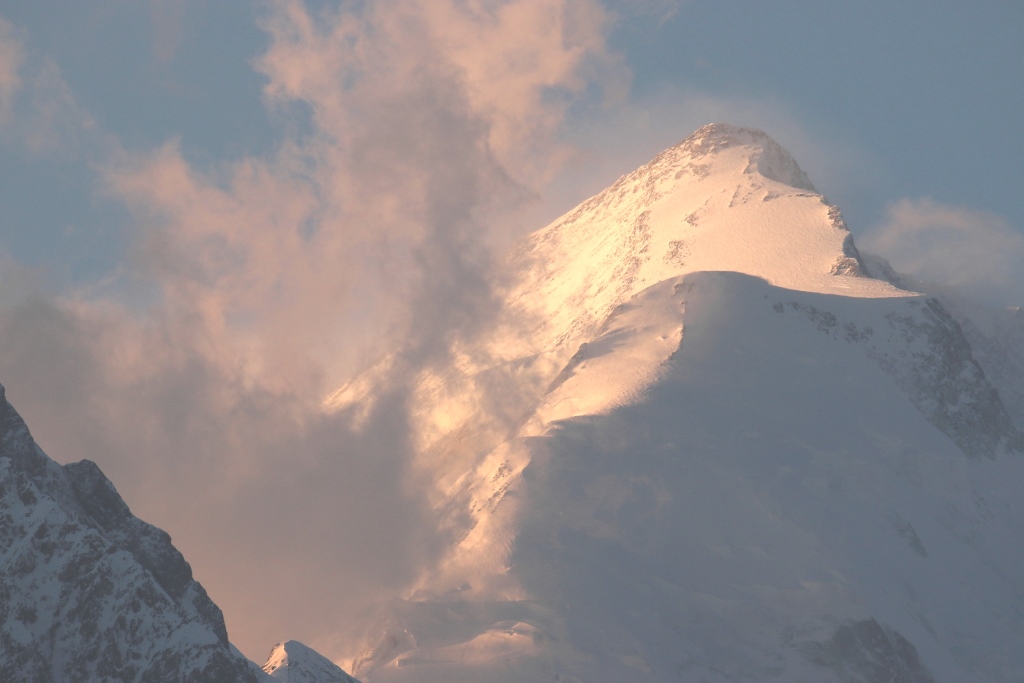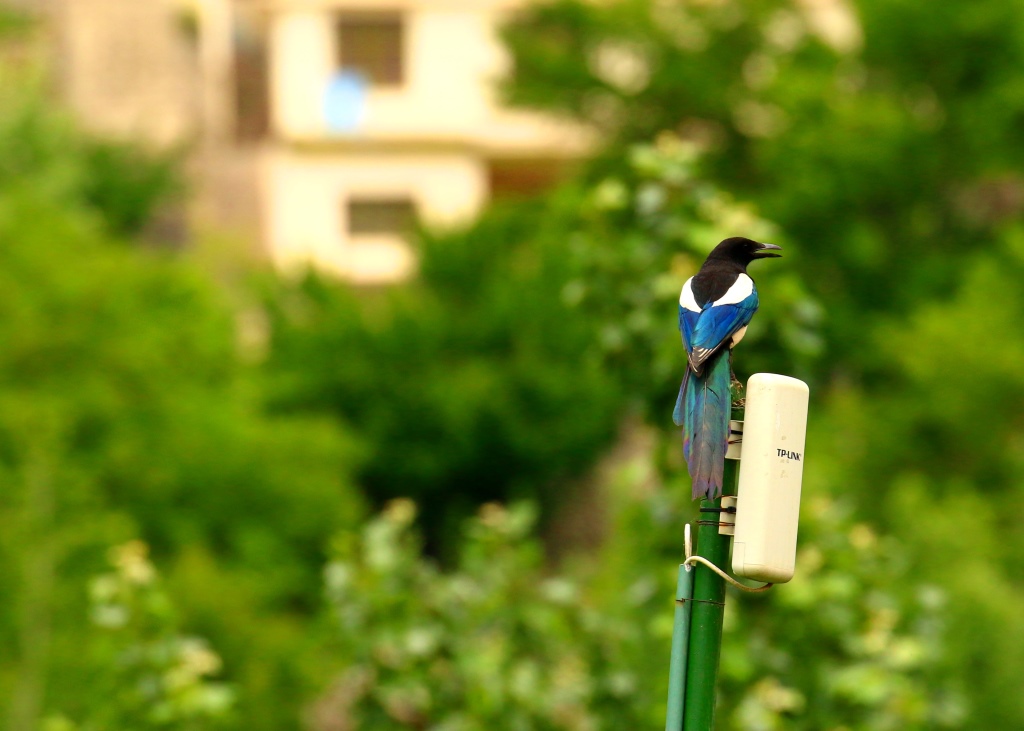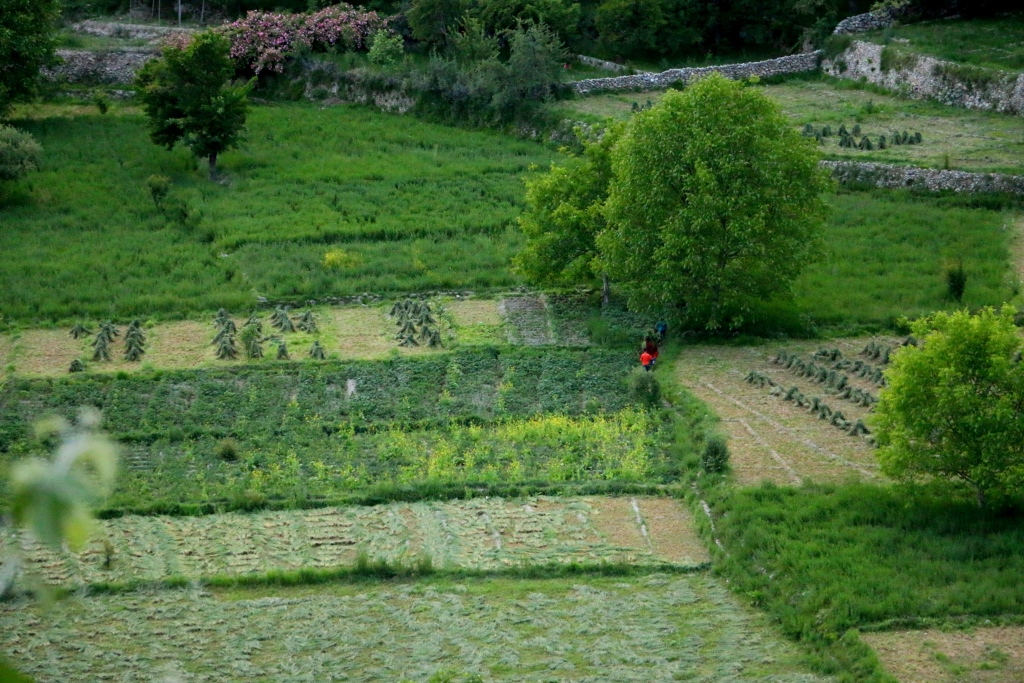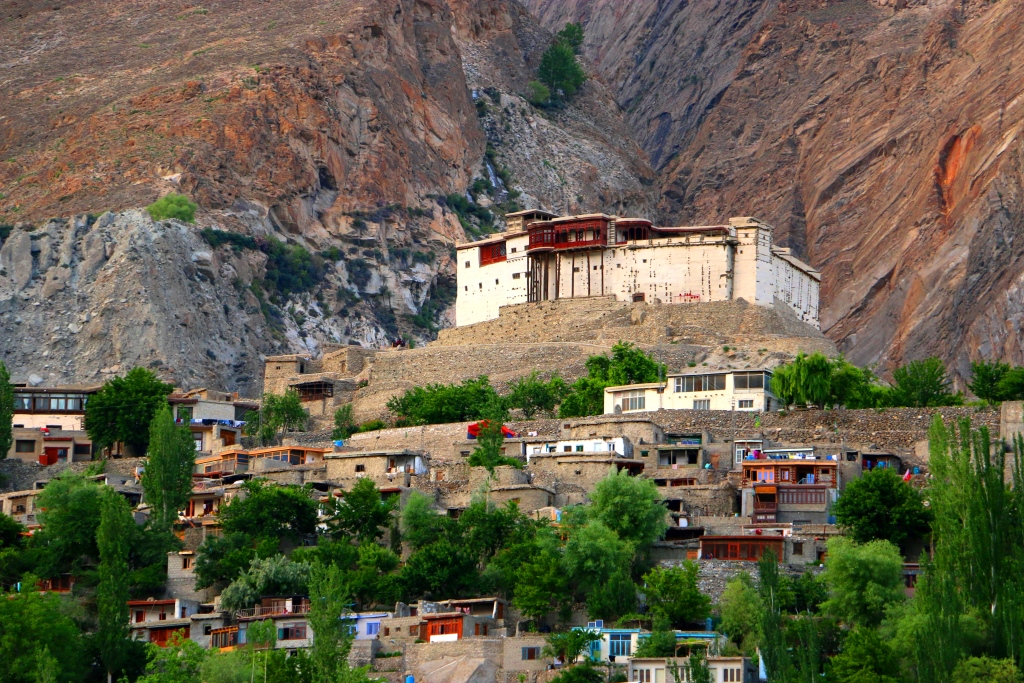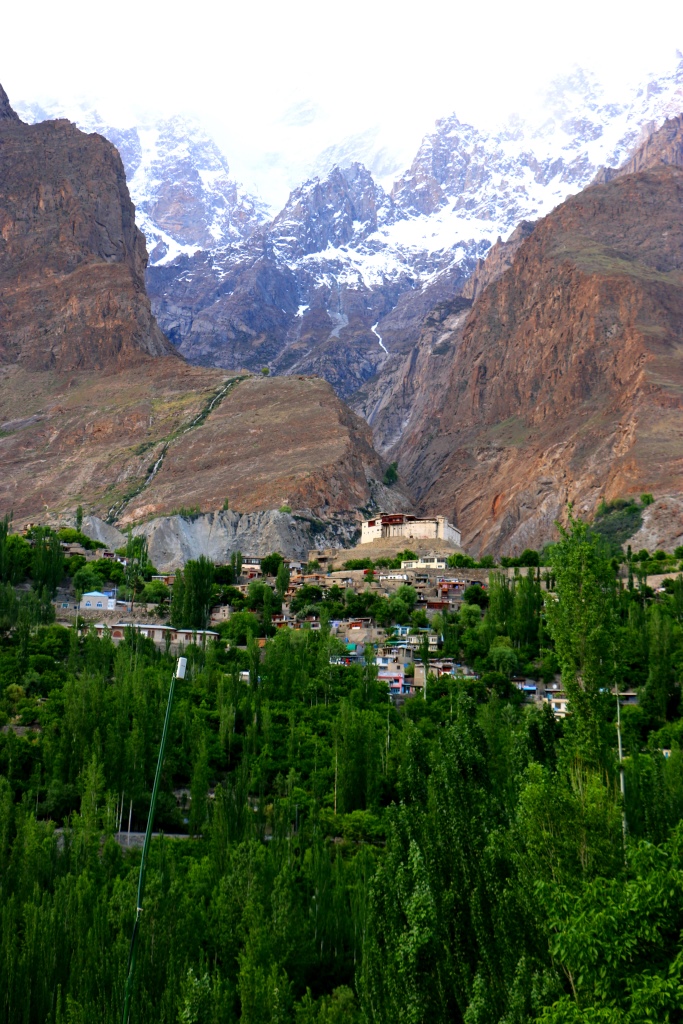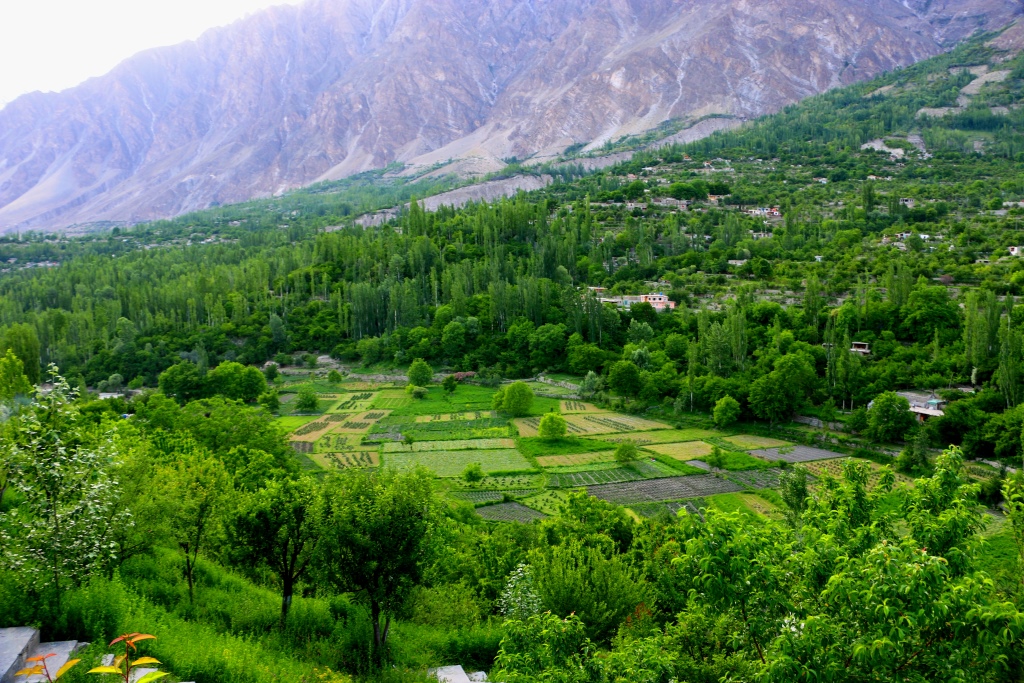After a day’s rest we are all set to head to Khaplu – the other Serena property in the region at a slightly higher elevation of 8,500 feet. Post breakfast we laze around a bit, check out and then pack ourselves in the complimentary van and jeep provided by Serena and begin our journey to Khaplu. The Khaplu route from Shigar retraces back to Skardu for a bit and then heads towards Khaplu at a fork in the road that marks the choice of passage to the two Serena properties.
The three and a half hour journey goes by quickly. The roads are empty of traffic because we are now literally in the middle of nowhere, surrounded by large expanses of emptiness. It’s not desolate or bleak, infact the other way round but it is empty. We take a short break by an unnamed riverbank to stretch our legs, dip our feet into the cold water and collect a few mementos. Grey slit laden water streaming slowly to merge around Raikot with River Indus. We land at Khaplu late afternoon.

Like Shigar, Khaplu residences also have two flavors. The two new block have larger rooms and come with a private garden. They are open, comfortable and a little warm but opening a few pairs of windows fixes that. The older fort based rooms give you the authentic historical experience but require some athletic ability to climb stairs and negotiate corners. While the fort was built in mid nineteenth century, it was restored by the Aga Khan foundation and opened up as a tourist destination, museum and hotel in 2012-13. Our group has been allocated an entire block so we are all together in one building spread across three floors.
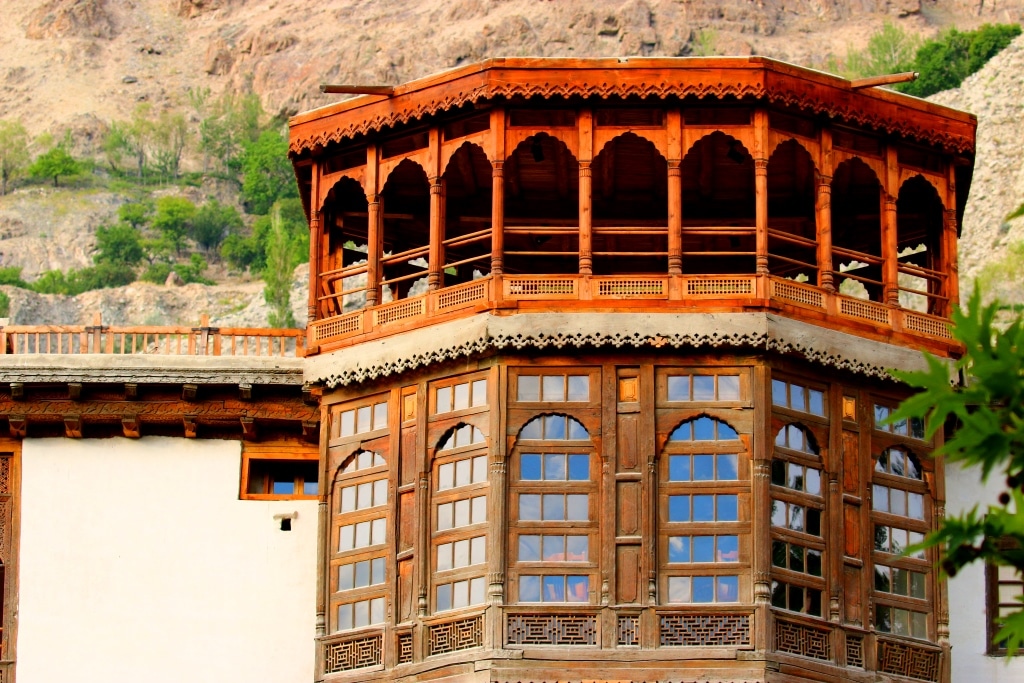
While Shigar Fort is bang in the center of activity, Khaplu palace is a little more isolated. You have neighbors but you won’t notice them till you step out for your morning walk. Both properties have a steady stream of visitors and tourists coming in throughout the day since they represent the highlight of a tourist visit to the Skardu Baltistan region.

If you want to escape from that stream, the private gardens with the guest residences in both properties provide that isolation. At Khaplu there is also stream but you have to walk a bit uphill to get to it. The stream comes through a system of manmade water works using natural materials and guides that feeds the surrounding village. It creates standing pools of chilled clean water and streamlets that you can easily and safely wash your face and dip your feet in. The running water is both refreshing and soothing, irrespective of your decision to dip extremities in it.

The restaurant serves breakfast, lunch and dinner and comes with covered indoor space as well as open air dining options. It’s drizzling lightly as we arrive and the weather has suddenly turned cooler. We finally have an excuse to break out all the heavy gear we have been carrying for the past few days.
Our first order after check in is to plan a generous lunch with fresh rainbow trout, locally grown and caught in Khaplu serving as the centerpiece. Serena’s kitchens in both the Fort and the Palace are a breath of fresh air. The chefs are exceedingly friendly and open to recommending dishes based on your personal preferences as well as trying out new recipes. Before heading out last year for our Gilgit and Hunza trip I had asked a Chitrali friend for advice. His only suggestion was to eat at the hotel kitchens and stay away from local dhabas and road side stands. According to him city folks are not used to mountain water and once you go down with an upset stomach in this part of the world, you are likely to stay down.
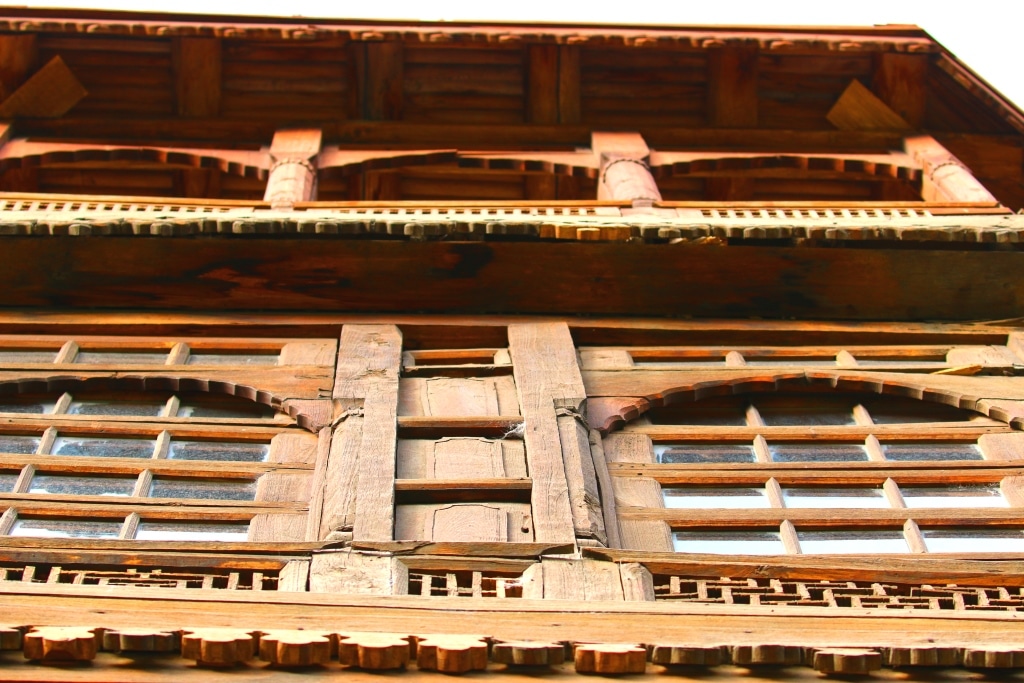
This time the two garden suites have further upped the stakes. Both rooms open up under multiple apricot trees that are laden with fresh, ready to eat, ripe fruit. More than the kids, it’s the grandparents who go wild with the apricots. It takes them back to their childhood days where cities and towns still had orchards where you could simply pick and eat from the trees. Every morning for the next three days they have a steady supply of freshly picked apricots, cherries and mulberries in their rooms.
We came here to spend time with family, trek and hike. It doesn’t take long after the extended lunch session and a short power nap for the first group to venture out for sightseeing. While we are living in a museum what really interests us is the opportunity to trek. Step out of the main hotel entrance and hang a left. You will see a paved metaled road heading uphill. That is the one you want. You will pass residence on the left, farms on the right. At the first curve, take a moment to peak between the broken fence on the valley below and the hills in the distance. Sunrise or sunset mixed with cloud cover makes for some interesting sights. Walk two hundred meters and you will come to the next big curve. There is a bridge over streaming white water that connects your side of the road to the village across. Continue heading uphill on that road and you will find multiple opportunities for short as well as long treks.
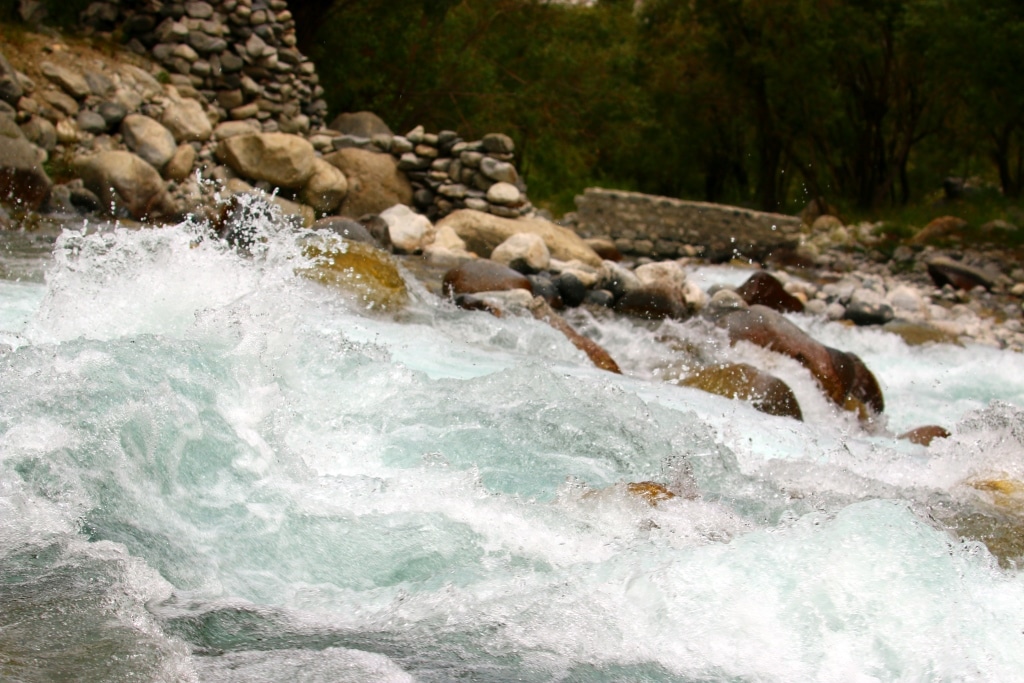
Over the next three days we go farther and farther up but keep on missing the main path. On our last trek on the last day, just before we are about to head back to Shigar I finally figure out the path I was supposed to take. But it is too late to go exploring. But we are lucky. We have discovered our fair share of wading pools, raging waters, trails off the beaten track and breathtaking views. The isolation and peace that the neighborhood around Khaplu Palace brings with it, unlike Shigar, is refreshing and we try and make the most of it.
In addition to the palace itself there are activities for a day trip that you can plan. You can do a day long combination of trout fishing and hike at a local trout farm where you can catch fish from a pond and have it served to you there and then. While they are marinating and cooking your catch, you can go for a short hike up a hill to work up your appetite. There is the local khanqah and mosque that is being restored and expanded as part of the village and community self-funding program. The mosque stands on pillar of giant walnut trees and the restoration project is the one of the biggest thing the community is involved in. There is also a mountain trek at the back of the palace that will take you to the vantage point that provides a 360 view of the entire community. Ask any of the staff at the hotel or the restaurant and they will find a guide for you who can take you on that trek. If you are lucky and find clear skies don’t miss opportunities for star gazing. 8,500 feet elevation, clear skies, limited light pollution makes for starry nights you would never experience in your city life. If you have come prepared K-2 basecamp is just 6 days away from Khaplu.
If you are out of ideas, just sit down at the reception and talk to the shift managers or the manager in charge of Khaplu palace for ideas. They are most helpful.

